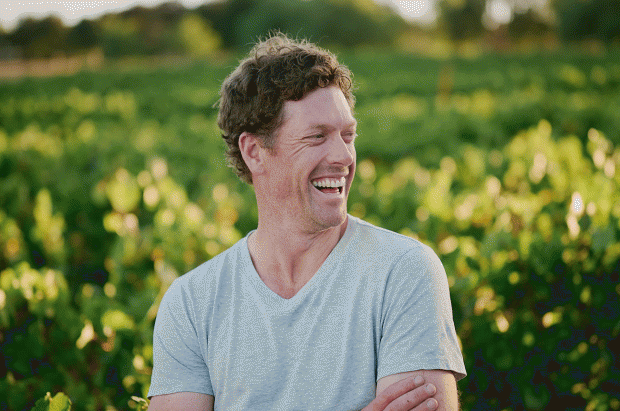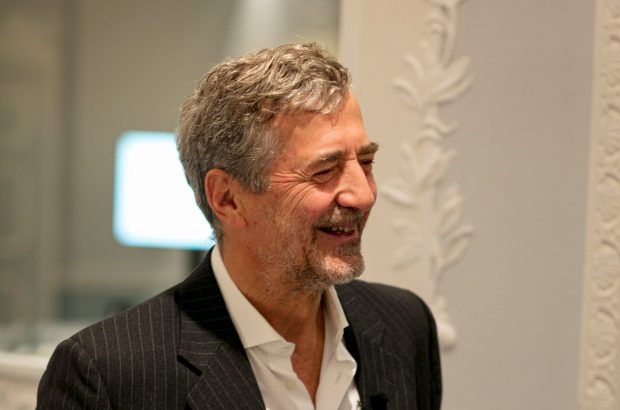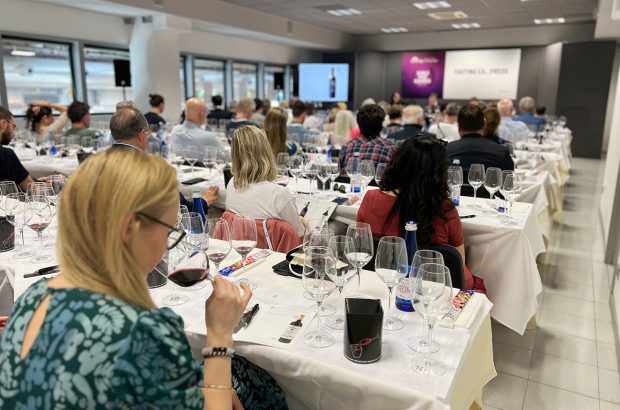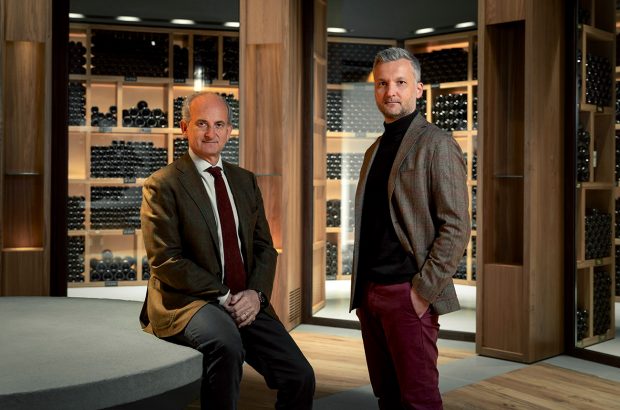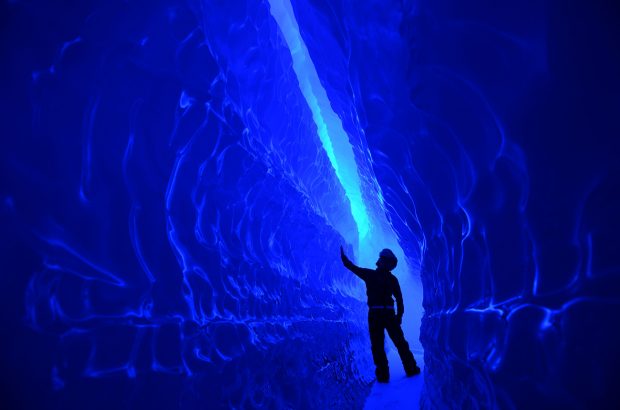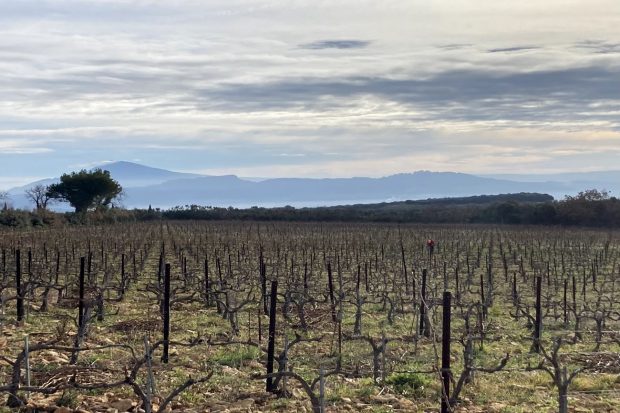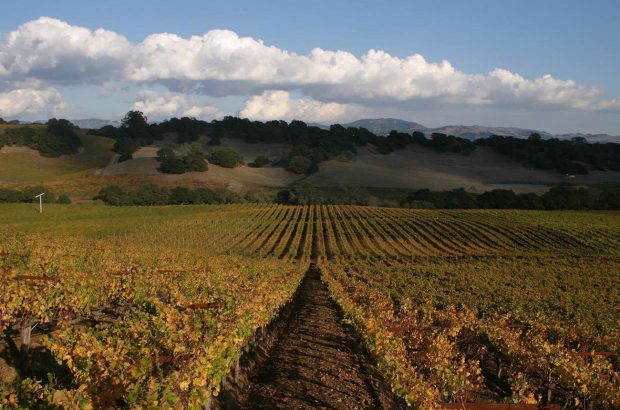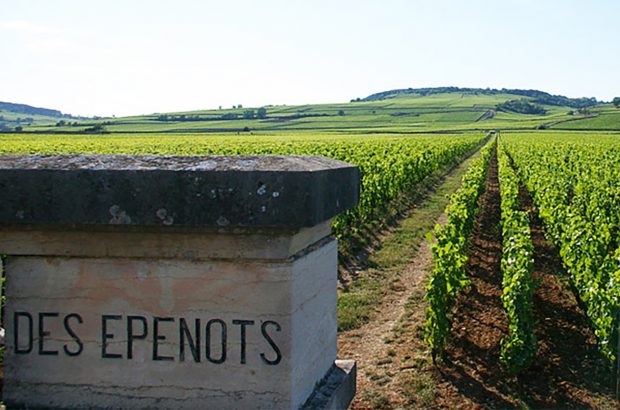John Stimpfig gives a brief history of one of the world's most sought-after Champagnes, and recommends a few vintages to buy.
Cristal Champagne has a fascinating and remarkable history.
The luxury ‘prestige cuvée’ dates back to 1876, 100 years after the foundation of its owner, the house of Louis Roederer. It was specially created for Russian Tsar Alexander II.
Alexander requested that the wine should be bottled in a clear, flat bottomed, lead crystal bottle to prevent any attempts to hide explosives in the punt; a design that contributes to Cristal’s distinguished appearance. A legend was born and the rest is vinous history.
The Cristal blend
Generally, the Cristal brut blend is 55% Pinot Noir and 45% Chardonnay. Cristal vintages are left to mature on their lees for an average of six years, before spending a minimum period of eight months in the cellar after disgorgement.
Cristal Champagne ratings: Exclusively for Decanter Premium members
Including vintages tasted by John Stimpfig in October 2017 and two vintages tasted previously by Michael Edwards. US and UK stockists given where available.
More about Louis Roederer and Cristal
Louis Roederer remains a prestigious and highly dynamic Champagne house based in Reims. Today, the family-owned house is run by Frédéric Rouzaud, who is the seventh consecutive generation of the family to take charge.
The house is also reputed to be one of the most profitable in Champagne, partly due to the fact that around two-thirds of its fruit comes from its own exceptional vineyards. In total, the estate encompasses 240ha in the Côte des Blancs, Vallée de la Marne and the Montagne de Reims.
‘The future will be organic and biodynamic’
Cristal, Roederer’s flagship cuvée, is only produced in the best years and only comes from Roederer’s finest grand cru vineyards.
These are to be found in the villages of Verzy, Verzenay, Beaumont-sur-Vesle, Ay, Mareuil-sur-Ay, Avize, Cramant and Le Mesnil-sur-Oger.
The chef de cave is the highly talented and experienced Jean-Baptiste Lécaillon, who has occupied the position since 1989. In recent years, Roederer has moved towards organic and biodynamic farming practices:
‘The future will be organic and biodynamic,’ Lécaillon told Decanter.com at a recent dinner to celebrate Louis Roederer’s 241st birthday.
‘The vines are stronger and it gives more fruit, more freshness, more depth. Today, 85% of the vines whose grapes produce Cristal are biodynamic. Our target is that all of Cristal’s vineyards will be farmed biodynamically by 2020.’
Under Lécaillon, Roederer has also established a complex system of micro-plot vinifications to create greater blending options.
Small-scale vinification is indeed a method increasingly employed by top wineries around the world as winemakers use financial resources at their disposal to seek ever greater precision.
Cristal Rosé
Cristal Rosé – first made from the 1974 vintage, almost 100 years after the original Cristal – is usually a blend of 55-60% Pinot Noir and 40-45% Chardonnay. The delicate colour comes from the carefully controlled saignée method which takes place after a cold maceration.
Cristal Vinothèque
Roederer announced the launch of a further aged expression of its flagship Champagne, named Cristal Vinothèque, in October 2017, with both brut and rosé Champagnes from the 1995 vintage.
Only 400 bottles of Cristal Vinothèque 1995 are set for launch around the world, plus around 200 bottles of Cristal Vinothèque 1995 rosé.
More vintages are set to follow, according to Roederer. Read more about Cristal Vinothèque here.






